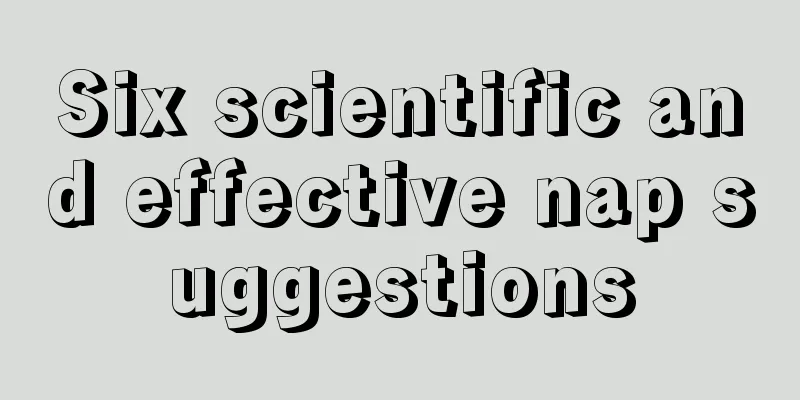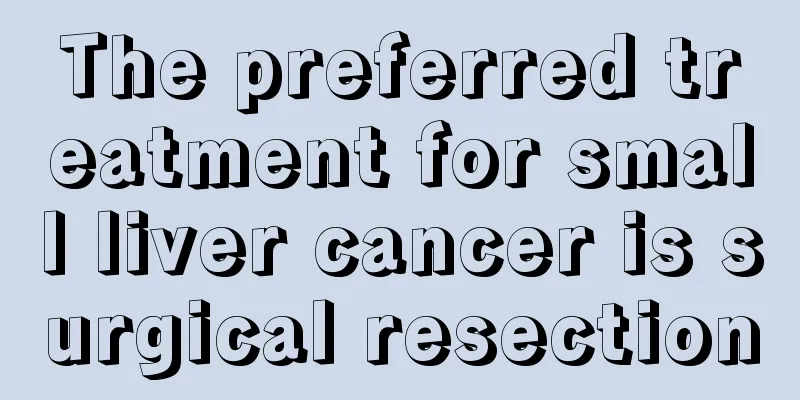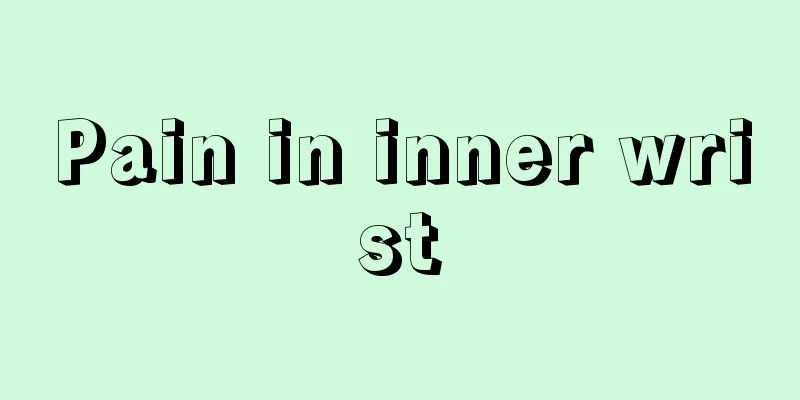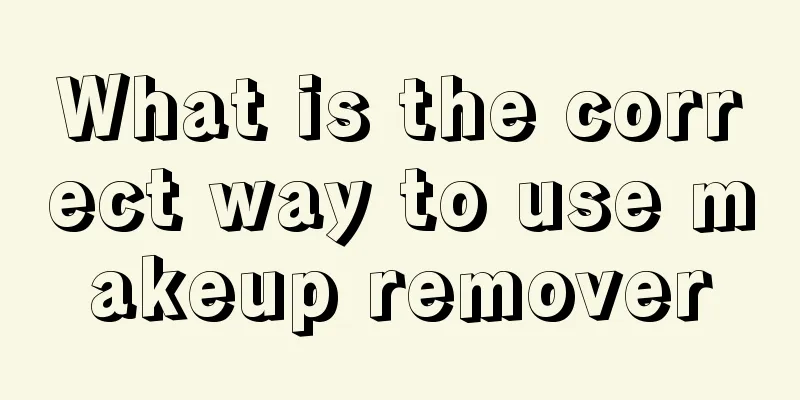Six scientific and effective nap suggestions

|
Whether it is summer or autumn and winter, people take a short nap after lunch after a morning of work, which is very beneficial for physical health and maintaining abundant work energy in the afternoon. Therefore, a scientific and effective nap is a good way to recharge your health. Taking naps should be scientific. Here are six suggestions for scientific naps given by experts for your reference. One suggestion: Eat less greasy food and don't eat too much before taking a nap. Greasy food will increase blood viscosity, aggravate coronary artery disease, and increase the burden on stomach digestion. Recommendation 2: It is not easy to lie down for a nap immediately after lunch. After lunch, a large amount of blood flows to the stomach, blood pressure drops, and the brain's oxygen and nutrition supply decreases significantly, which can easily cause insufficient blood supply to the brain. Generally, you should take a nap about ten minutes after lunch. Recommendation 3: The sleeping position should be with the head high and feet low, lying on the right side. This reduces stress on your heart and prevents snoring. It should also be noted that sleeping in a sitting position or at a desk will reduce blood supply to the brain, causing a series of symptoms of cerebral ischemia and hypoxia, such as dizziness, blurred vision, fatigue, etc. after waking up. Some people often use their hands or arms as pillows and lie on the table to rest. This will put pressure on the eyeballs and easily induce eye diseases over time. In addition, leaning over the table will compress the chest, affect breathing, blood circulation and nerve conduction, and cause numbness and tingling in the arms and hands. Recommendation 4: The nap time should not be too short or too long. The ideal nap time is 15 minutes to 1 hour. Don't take naps too long during the day, otherwise the body will think it is night time and enter a full sleep state. Recommendation 5: Strong external stimulation should be avoided during naps. Because muscles relax, capillaries dilate, and sweat pores open after falling asleep, it is easy to catch a cold or other diseases. Therefore, you should be careful to avoid colds during your nap. Recommendation 6: After waking up from a nap, you can only do light activities. After a nap, you should stand up slowly and it is best to drink a glass of water to replenish blood volume and dilute blood viscosity. Do not engage in complex or dangerous work immediately, as waking up often makes people feel dazed. |
<<: Be careful! Low blood pressure that cannot be ignored
>>: Misunderstandings about trivial matters in life can harm your health
Recommend
What to drink is good for your eyes? Drink more of these teas
The eyes play a very important role. When there i...
Can patients with thyroid cancer not eat coriander?
Thyroid cancer patients can eat coriander, and co...
How long does it take to have a follow-up examination after gastric cancer surgery?
After gastric cancer surgery, it is generally nec...
Brief analysis of common mid-term symptoms of ovarian cancer
Ovarian cancer is a serious oncological disease t...
Extrapyramidal symptoms
Many people with mental illnesses need to take or...
How much does bile duct cancer surgery cost
Cancer has taken away countless lives and broken ...
The efficacy and function of white tea mask
White tea is a relatively common type of tea. It ...
What are the complications after bladder cancer surgery
Complications after bladder cancer surgery usuall...
What is the effect of ginger sticking on the soles of feet
Applying ginger to the soles of the feet has the ...
Can a three-month-old baby be taught to urinate?
For the sake of convenience, parents nowadays lik...
Can I drink tea if I have skin allergies
When drinking tea, we must pay attention to diffe...
Tips for breaking the pull ring of Eight Treasure Porridge
Most of the eight-treasure porridge we drink now ...
The correct posture for sit-ups
Nowadays, many people have a high pursuit of beau...
What are the clinical manifestations of laryngeal cancer? How much do you know?
Nowadays, many people are troubled by laryngeal c...
What should patients with advanced liver cancer eat? A complete recipe for advanced liver cancer
The liver is the most important digestive organ i...









